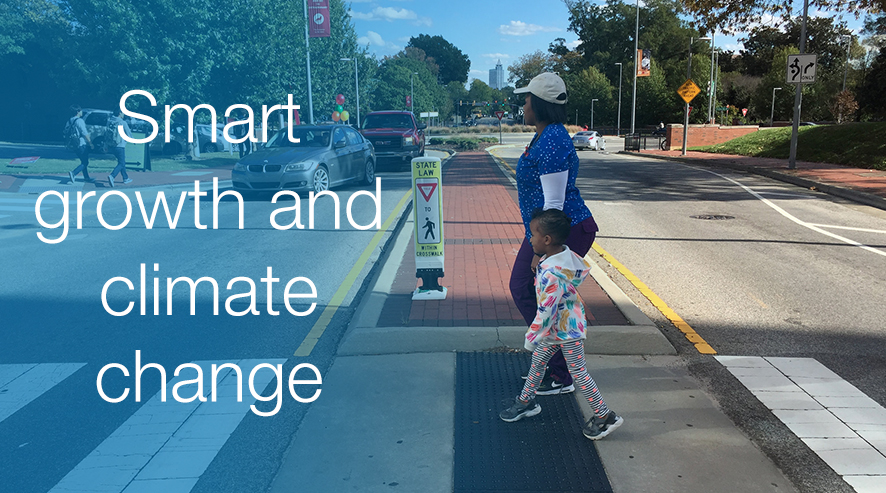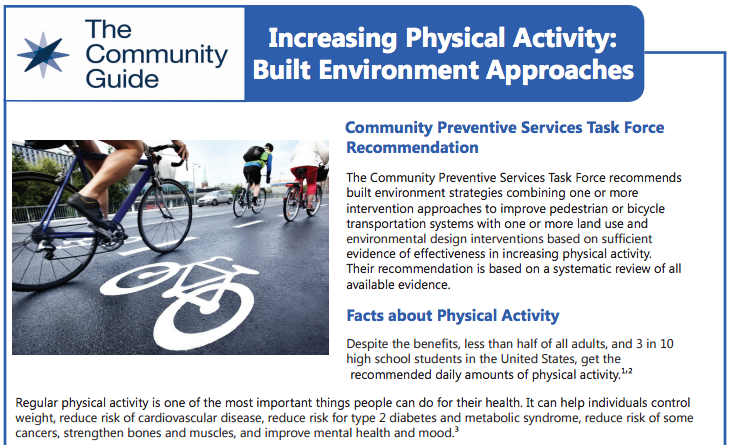
With assistance from the Partnership for Sustainable Communities, the city of Dallas, TX will make significant improvements to its downtown transit system over the next few years with the construction of the Modern Streetcar and Dallas Area Rapid Transit (DART) Orange Line extension. Both projects received funding from the U.S. Department of Transportation (DOT) Transportation Investments Generating Economic Recovery (TIGER) grant program.
Modern Streetcar
With a $23 million TIGER I grant and additional funding from the City of Dallas, North Central Texas Council of Governments and DART, Dallas will soon have a streetcar network that connects residents and visitors to core areas of the city. Dallas’ modern streetcar network will be a 1.6 mile route connecting various downtown districts and destinations including Union Station, with connections to the DART Red and Blue lines and the Dallas Convention Center. The streetcar will connect walkable, mixed-use neighborhoods in the urban core, act as a catalyst for economic development and serve as a quick, efficient and cost-effective means of transportation. The street car is currently in the environmental review phase but is on track for beginning operation in 2017.
DART Orange Line Extension
DART, the region’s rapid transit agency, will soon extended its light rail service to over 90 miles of track in 2014 with the completion of the 14.5 mile Orange Line extension to the Dallas-Ft. Worth International Airport. DART operates both rail and bus services for downtown Dallas and 12 surrounding cities. Ridership on the DART light rail is among the busiest in the country with over 27.7 million passenger trips in 2012 and the extension of the Orange line will provide a much needed alternative transit option for residents and visitors. Part of the $5 million TIGER grant will go towards the construction of a rail terminal at the Dallas/Ft. Worth International Airport (DFW), which will include a train platform, passenger walkways, and a bus transfer station. This terminal will also be a connection to the TEX commuter rail system, expected to be completed in 2016. DFW is a major employer for the region and these projects will ensure that residents can get to and from work with a reliable, safe and affordable transit system.
Together, these projects are going to enhance the accessibility of the Dallas/Fort Worth region, making it easier for residents to be connected to where they live, work and play.






